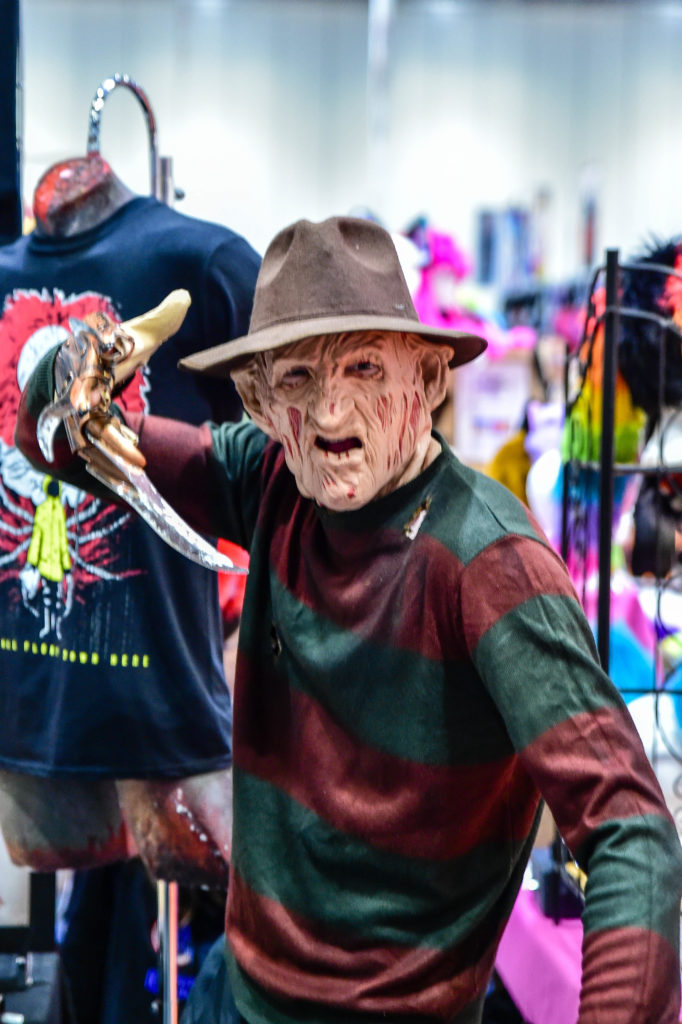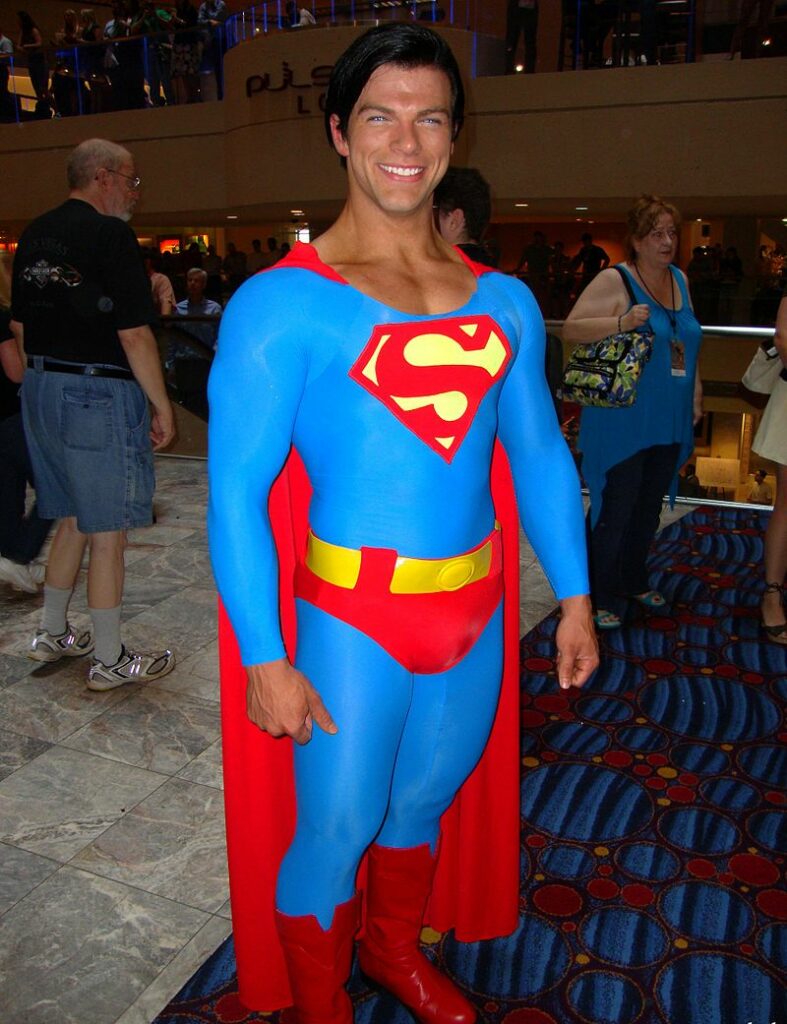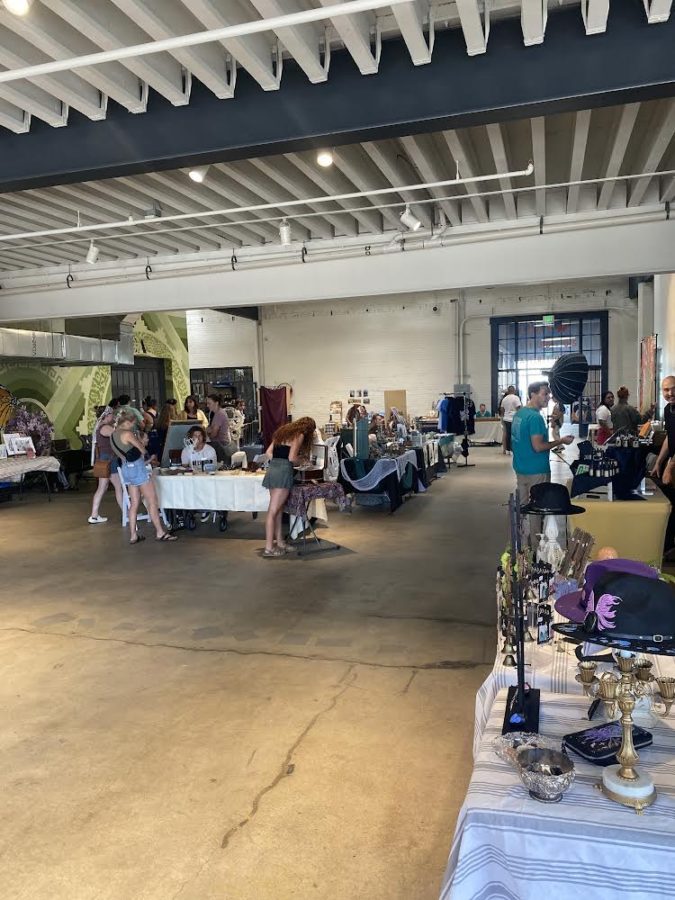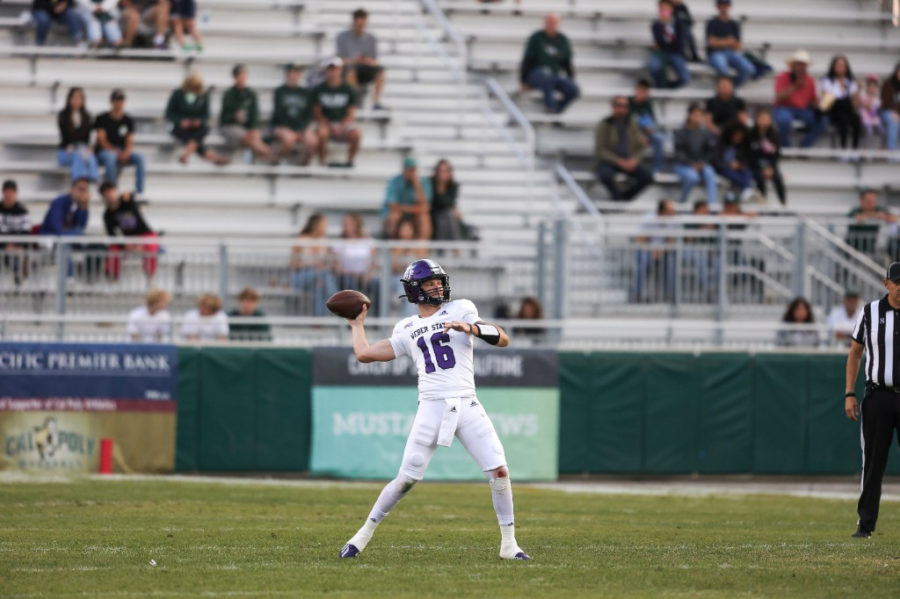Cosplay — or the act of dressing up in costumes that portray characters from movies, TV shows, video games or any other form of media — is part of fan culture and self-expression and has recently turned into therapy for some who deal with mental health issues.
The first cosplayers appeared at the first World Science Fiction Convention in 1939, though the term wasn’t coined until 1984.
When Comic Con visited Salt Lake City at the Salt Palace this past September, cosplayers descended in droves to join the excitement in nerdiness celebration.
Cosplay isn’t only used to express interests; it is also used by many people from all walks of life as a kind of coping mechanism — a way to be comfortable in their own skin — especially for those with mental health problems such as social anxiety, low self-esteem and introversion.
When certain mental illnesses impair people from socializing, whether with the general public or a group of close friends, cosplay can help ease fear and anxiety, making it easier for them to enjoy themselves.
For a few hours, cosplayers can go out and be someone or something different — someone more like who they want to be.

Even though cosplay is an early 20th-century concept, the study of cosplay in many fields, especially psychology, lacks extensive investigation.
However, a few psychologists have conducted cosplay studies, investigating why people cosplay and the reasoning behind choosing a specific character.
In 2013, Dr. Robin Rosenberg and Dr. Andrea Letamendi published an article in Intensities: The Journal of Cult Media, titled “Expressions of Fandom: Findings from a Psychological Survey of Cosplay and Costume Wear.” The article explored the characteristics (demographic, behavioral, psychological and social) self-reported by cosplayers.
The survey was created after some incidents shed a negative light on cosplayers, portraying dressing up as a sign of psychological issues, Letamendi reported to the Daily Dot in 2013.
Sixty-five percent of the sample identified as female, and the age range of participants was 15–50, with an average age of 28.4 years old.
The survey showed that 71 percent of participants cosplay at least three times a year, with 37 percent cosplaying three to five times a year. The majority of respondents, 30 percent, spend between $100 and $399 per costume.
The responses to the survey showed that many people consider cosplay to be a very psychologically beneficial activity.
When asked about the reasons for choosing a specific character to cosplay, three of the four top responses were “identification with some aspect of the character: the character’s psychological characteristics, some aspects of the character’s history or the character’s physical appearance.”
Rosenberg and Letamendi also noted that past research has shown that similarities between one person and another (or, in this case, a character) often leads to an increase in liking oneself.
Thirty-seven percent of survey respondents said they cosplay because it’s “a vehicle for creative/artistic expression.” Twenty-two percent of respondents say it’s “an opportunity to exhibit my creation or myself.”
Michelle Schaubert, a 19-year-old college student, said, “It’s always nice to get people coming up to you and saying they love your costume or asking for a picture. It’s a validation thing. Plus, wearing a badass costume always does wonders for self-image.”
Rosenberg said, “Like any type of acting or performance, cosplay allows all cosplayers to ‘try on’ different personas to see what it is like to inhabit a different set of characteristics and behaviors.”

Rosenberg told Live Science in 2016, “When a cosplayer selects a particular costume, they are often tapping into a specific character — or combination of characters — because something about that role speaks to them personally.”
While cosplaying, cosplayers have reported more confidence and better self-image in their daily lives because they’re adopting a persona different from their own. Often, it is one that can be more powerful, more popular or any other type of characteristic the cosplayers admire and wants to adopt for themselves, even temporarily.
Cosplaying can be a way to release from the stress and strains of everyday life or a challenging project to occasionally tackle.
Cosplay doesn’t only have internal, personal benefits. Cosplayers can connect with other fans, make new friends or participate in community events — activities that they may have otherwise avoided if they were out of costume.
Ashley McKnight is a 20-year-old college student and a member of the Kids Heroes Foundation, a charity organization that plans events for kids facing long-term illness or other traumatic events.
The foundation utilizes cosplaying superhero volunteers to lighten depressed spirits and raise money for donations toward medical and care costs.

McKnight believes that volunteering is worth it when the children she visits smile. She said she knows she’s made their day better because they are visited by their favorite superheroes.
The Kids Heroes Foundation not only provides avid cosplayers with an opportunity to serve their community but also aims to inspire, lift and help children who are suffering.
Don Eriksen, a 47-year-old insurance agent, says that cosplay also strengthens the fanbase community.
“You put on an outfit, and you make the commitment to wear the makeup, invest the time and money into doing those sort of things. You’re doing it because passion drives you to do it. I think it definitely gives the connection to something you’re a fan of, to be more of an experience.”
“Costuming is more fun if you do it with other people,” said Michael Nguyen in a 2016 interview with Live Science. “You create your own look, but you also feel like part of a universe when you surround yourself with people who enjoy it as much as you do.”
Dr. Letamendi said, “People cosplay for creativity, to be social and hang out with friends, because they identify with the character, and that’s meaningful to them.”


















